More giant whitetails seem to be hitting the ground than ever down in Dixie. What’s behind the trend, and will the Southeast dethrone the Midwest as the country’s big deer capital?
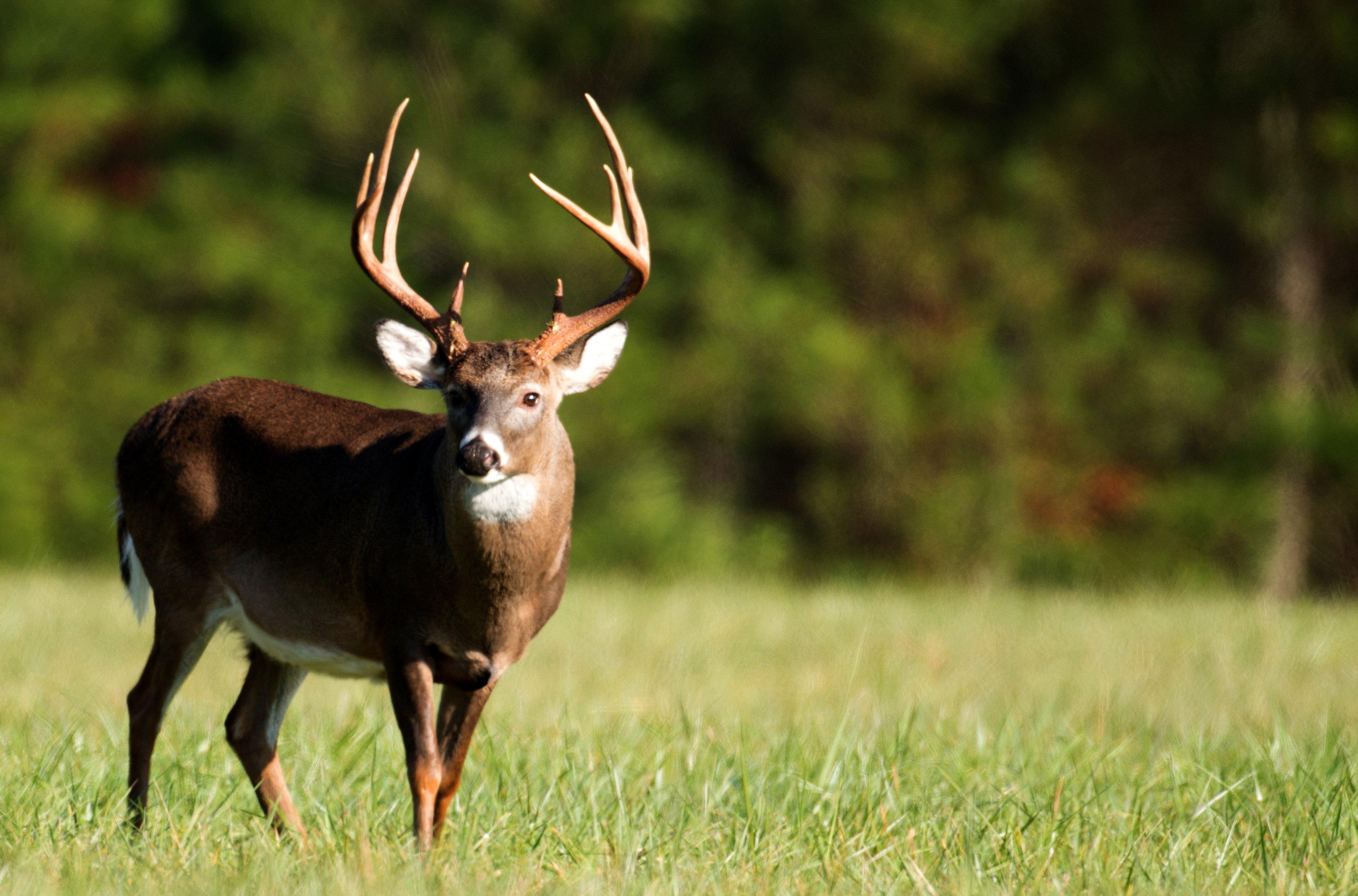
Hunters are taking more mature bucks than ever in the South. What’s behind the trend? Image by Tony Campbell
Down South is where the deer dogs roam, sometimes across a few property lines. It’s where hunters head afield with rifles starting in October and don’t quit till January. It’s where the rut can begin in August or December, depending on the county, and where the optimal antler size is one of about 6 inches with little forks, perfect for dragging a 100-pound buck closer to a skillet.
Right? Maybe that was the reputation once upon a time, but it’s bunk today. In fact, just in case you haven’t been paying attention, some of the best whitetail hunting happening in the country right now is down South. Hunters in Mississippi, Arkansas, and Louisiana have a higher percentage of mature bucks in their annual harvest, on average, than do hunters in Iowa, Wisconsin, and Illinois. Thumbing through Realtree’s Rack Report reveals a steady uptick in big deer killed in states like North Carolina, Georgia, and Tennessee over the past several seasons, too.
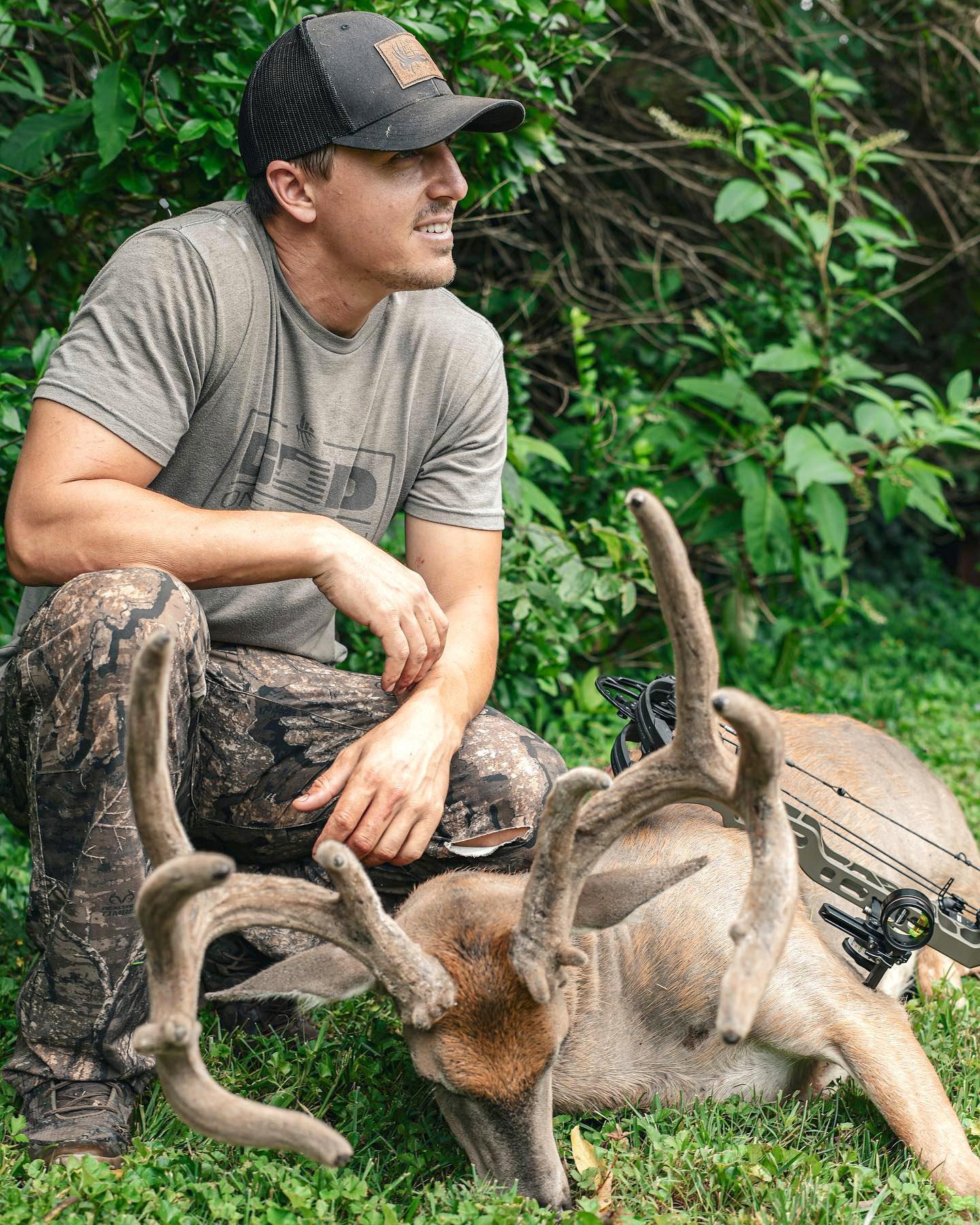
Lee Ellis enjoying the moment after harvesting a massive Tennessee buck during the 2023 velvet season. Image courtesy of Lee Ellis
TENNESSEE CASE STUDY
Speaking of Tennessee, Stephen Tucker shot a 312 3/8-inch nontypical in Sumner County, not far from Nashville, in November of 2016 that stood for a couple years as the largest nontypical whitetail ever taken by a hunter. Last fall, I killed one of my personal best deer to date in Tennessee, and this year already, we’ve featured two stomper Tennessee bucks on the Rack Report (read about Chase Anderson and Lee Ellis).
But when I first started hunting the Volunteer State about 20 years ago, things were different. The habitat composition, climate, and deer densities in Tennessee were virtually identical to my home state of Kentucky, yet you were far likelier to see a big deer within the Bluegrass borders. A quick check of the Boone & Crockett record books shows a stark historical difference in trophy production between the two states, too. Tennessee has fewer than 100 total B&C entries. Kentucky has well over a thousand.
The valley was wide between the two states’ regulation models, too. When I first started hunting Tennessee, the annual buck limit was 11. That was reduced to three about a decade ago, and for the last several years, it’s been two. That was a change many Tennessee hunters asked for, rather than were forced to accept. Tennessee still has a lengthy gun season, typical of many Southern states. It begins with two weeks of muzzleloader hunting in early November and is followed by a rifle season that runs into January.
By comparison, Kentucky has had a one-buck limit and a three-week rifle season for as long as I can remember. There’s no doubt that that season structure has caused generations of Kentucky deer hunters to be pretty selective when it comes to filling their buck tags. The same thing is happening in Tennessee. In fact, my read is that the deer hunting there, and across much of the South, is on fire right now.
Don’t Miss: The Best Days to Deer Hunt in 2023
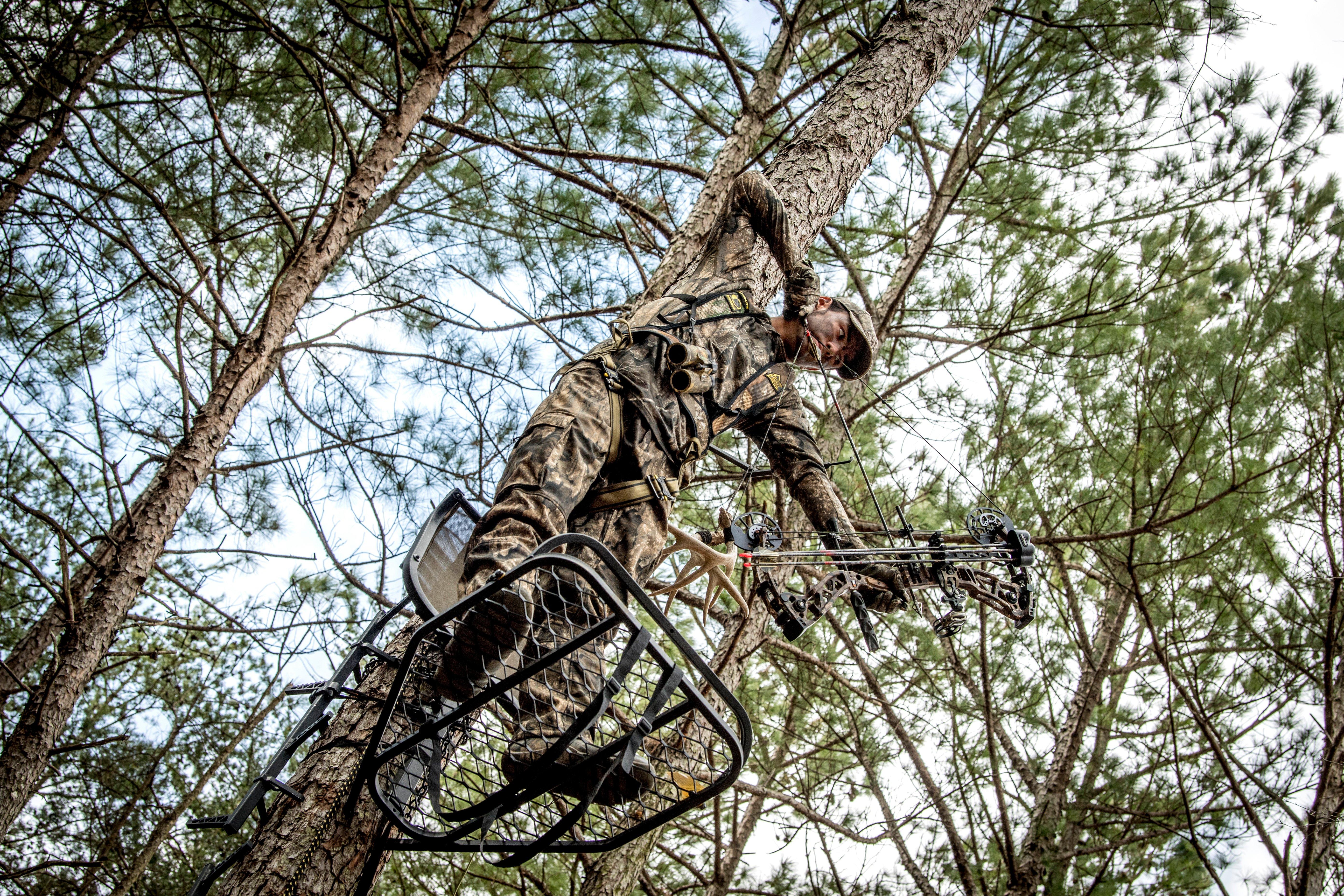
The buck age structure, and therefore average scores, are improving in whitetail herds throughout the South. Image by Realtree
AGED IN DIXIE
“I’m actually shocked at the number of mature deer around [in the South],” says Michael Waddell, who’s hunted whitetails all over the country but still calls South Georgia home. “I started hunting in the ’80s. Back then, deer hunting was new, everybody hunted, and you’d shoot a 1 ½-year-old buck and be impressed. There wasn’t a lot of individualism in the hunt. Everybody would go hunt together and if somebody in camp got a buck, it was success for the whole group. I can’t frown on that time period because everyone was having fun.”
But Georgia is a big-buck powerhouse now, not only in the South, but nationwide. Its 250+ B&C record book entries don’t seem all that impressive compared to Wisconsin or Illinois, but deer like the 186-inch 14-pointer Realtree’s Tyler Jordan shot last season, or the 186 nontypical Bone Collector Travis T-Bone Turner killed in 2020, nonetheless tell a story of bucks that are growing old and big.
And objectively speaking, that’s to be expected on the landscape. The South has many of the key ingredients needed for bucks to grow large antlers. There’s an abundance of farm ground with vast fields of corn and soybeans, and there’s also cover — the right kind of cover, and more than in most places. Big woods are actively timbered across the South, and management practices such as prescribed fire are common. Prime browse in the form of early successional growth is abundant. Add to that long growing seasons, plenty of moisture, and mild winters, and deer have everything they need to thrive.
The catch down South is, and has always been, intense hunting pressure. While some Midwest and Northeastern states do have more hunters and higher hunter densities, hunting seasons in the South are longer, as a rule, and with higher bag limits. And there’s no question that Southern hunters “get after it.” Rifle hunting pressure before, during, and after the rut, along with multiple buck tags to fill, means a lot of dead bucks at season’s end. In fact, according to the National Deer Association’s 2022 Deer Report, the top five states with the greatest antlered buck harvest per 100 hunters — the highest success rate, in other words — were Mississippi, South Carolina, Louisiana, Texas, and Georgia.
Yet, despite all that buck killing, Southern hunters aren’t punching all their tags with little bucks, at least not these days. In fact, Arkansas, Oklahoma, Louisiana, Mississippi, and Alabama all had lower percentages of 1 ½-year-old bucks in the annual harvest than any other states in the country, according to the ’22 NDA Report. Four of those states (all except Alabama) have a higher percentage of 3 ½-year-old bucks in their annual harvest than anywhere else, too (Texas rounds out that top-five list).
Which states have the highest percentage of yearling bucks in the harvest? Among them were Wisconsin, Ohio, New York, Illinois, and Maine comprise the top five.
Any deer manager or longtime trophy hunter will tell you that age, more than genetics or nutrition, is the most important factor in growing big whitetails. In much of the South, hunters are holding out for older deer. Though there are some antler restrictions in place (like in Mississippi), much of the restraint taken on younger bucks is voluntary.
“Down in Georgia, I think the hunting culture changed,” Waddell says. “People started seeing the reports and profiles on these giant deer, and along with that were better articles and videos with tactics and tips for hunting and managing them. Many hunters started thinking, ‘Man, I’d like to shoot a big buck like that.’ And so they held out. Now, everyone’s getting the opportunity to see some nice bucks, and there are way more mature deer on the landscape.”
Don’t Miss: 9-Year-Old Twin Girls Bag Trophy Trophy Whitetails
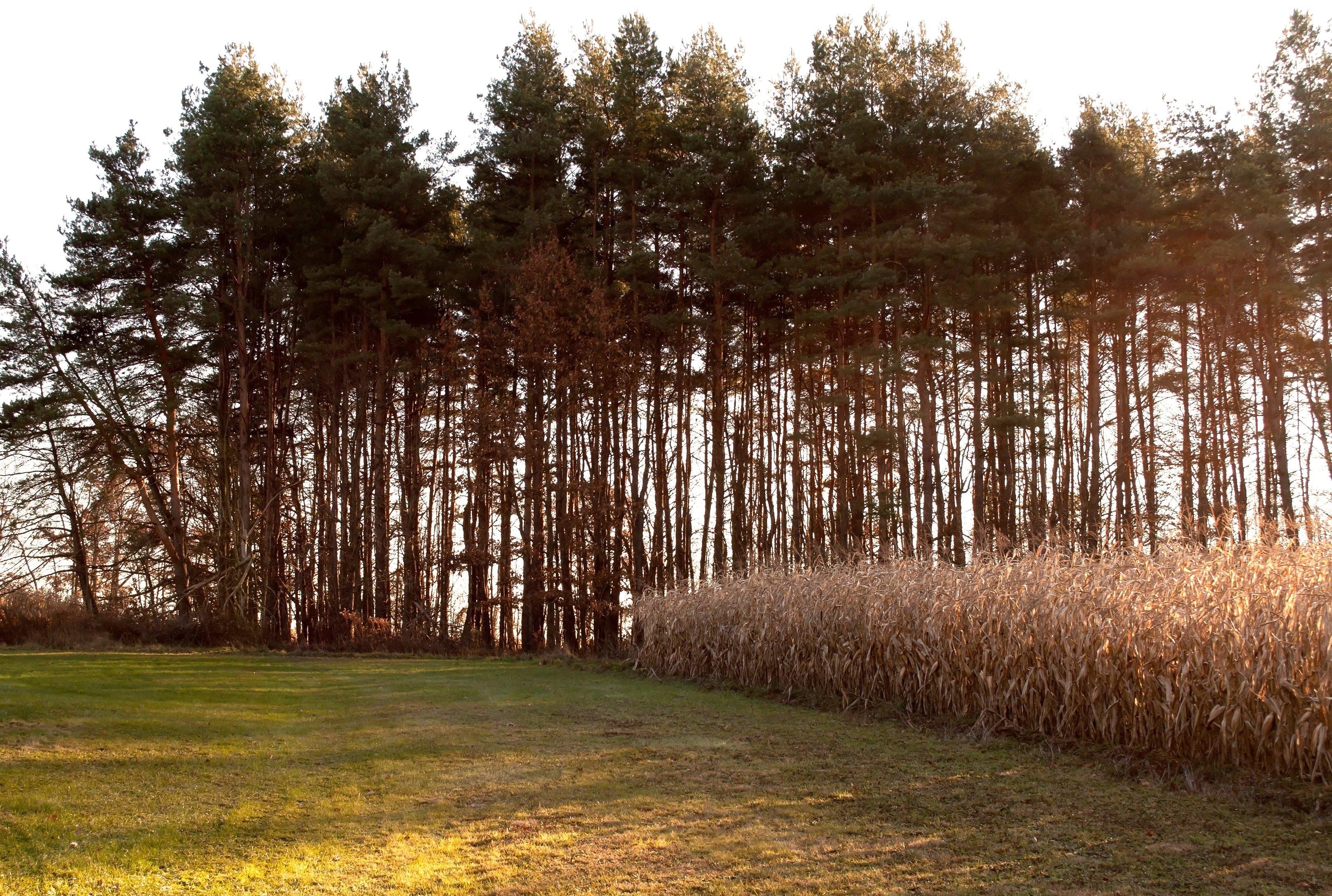
The South is certainly improving, but it still doesn’t offer the genetics, soil, and other qualities found in the Midwest. Image by Woods North photo
THE NEW MIDWEST? NOT SO FAST
Despite the anecdotes, real trends take a while to manifest. Justin Spring, director of big game records for the Boone & Crockett Club, says that while some Southern states such as Mississippi, Georgia, Tennessee, and Arkansas have seen an uptick in record whitetail entries over the past 10 years, there still hasn’t been a major spike in book deer coming from the South. “What you do see is more top-end deer coming from states that shift to an older age structure,” Spring says, “and you see that shift happen pretty quickly.”
But unfortunately for Dixie hunters, “top-end” deer frequently look different in the South than in the Midwest. Any southern hunter who’s traveled for a Midwestern hunt can attest that even the does “up North” can seem monstrous by comparison. Body size and antler characteristics just seem larger on average on Midwestern deer. Part of that is probably Bergmann’s Rule, which simply says that critters living farther north tend to adapt to colder climates by being larger and thicker.
Some taxonomists also argue that there are various whitetail subspecies scattered across the country. Everyone agrees that there are some distinct examples such as the Coues deer, Columbian whitetail, and Key deer. Less agreed upon are the subtle differences in the standard-issue Virginia whitetail (Odocoileus virginianus) and its Northeastern (O. v. borealis) and the Texas (O. v. texanus) variants. Lines are blurry as to where each subspecies is dominant, and herds within the same state can display wildly different physical characteristics.
For example, I live in far Southwestern Kentucky, where the terrain is comprised of fairly flat river bottoms and crop fields. Mature bucks in this area routinely top out at 125 inches and field-dress 160 pounds. But an hour and a half east of here, where I grew up, the story is different. Bucks and does alike from that region of Kentucky are larger on average in body size, and several of the state’s top big-buck counties are clustered in that region. Is that because of a difference in genetics? Soil content? Nutrition? Maybe all of the above.
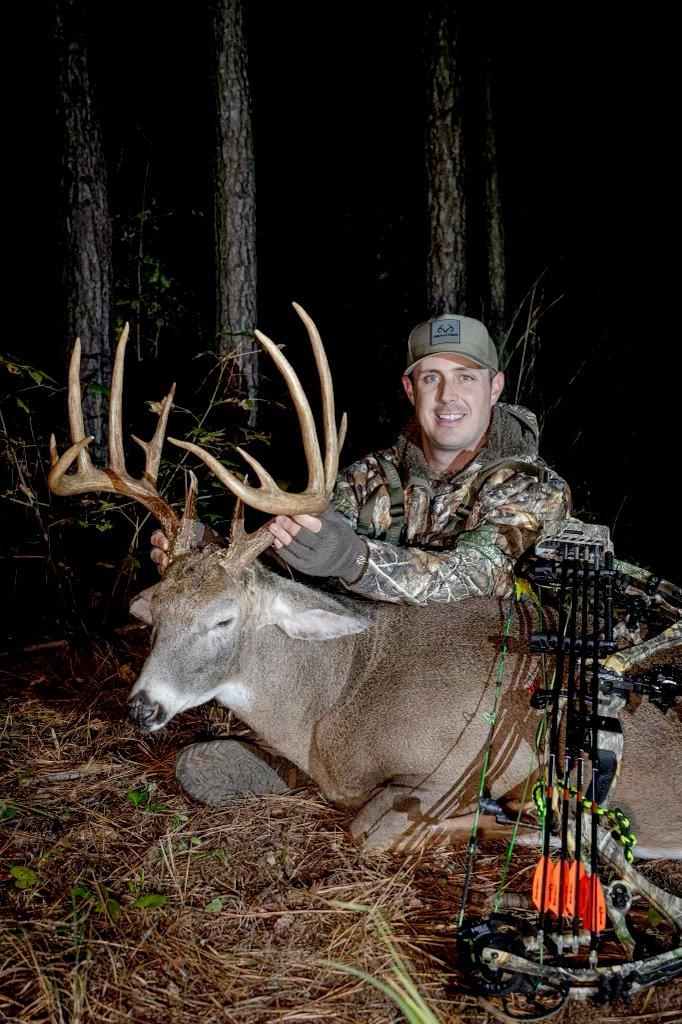
Tyler Jordan with a top-end Georgia whitetail. Image by Realtree
“I think in the South, we are limited to a degree by genetics,” Waddell says. He points to his own property as an example, which is in the same neighborhood as other large properties including Realtree Farms. The area comprises thousands of acres of some of the most intensively managed whitetail habitat in the South. “People think there are 170s running around here everywhere, but those deer are the oddity, not the norm. Our normal mature deer are 120 to 135-type bucks. A 150 to 155 is very top end for this area. Kansas, Iowa, and parts of Ohio just naturally produce those giant deer without a lot of manmade help. I just was talking to Nick Mundt the other day about this, and you can get two bucks that score about the same, one from Georgia and one from Kansas, but they don’t look the same. That big Midwestern deer is just more impressive, so much so that you almost forget the score. Down here in Georgia, sometimes you’ll have years of history with a deer and know he’s 6 or 7 years old, but he still looks long and lanky. They can be difficult to age.”
Waddell thinks that, as good as Southern deer hunting is now, the Midwest will reign supreme when it comes to top-end bucks for the foreseeable future. “The South has become a very exciting place to deer hunt, and it’s challenging,” he says. “But I don’t think we’re going to see a giant world record typical come out of Georgia.”
Then again, nobody expected a 312-inch nontypical to come out of Middle Tennessee, either.
Don’t Miss: 81 WAYS TO FAIL AT DEER HUNTING











